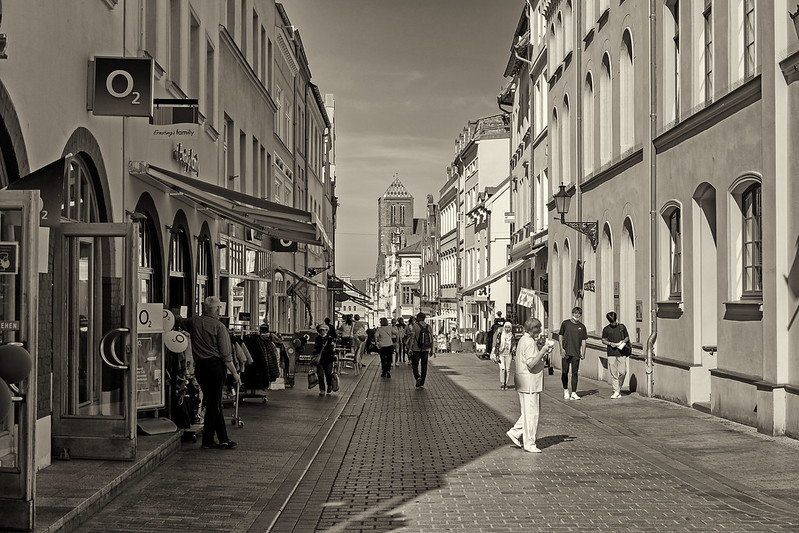The flooring of the future: introducing a high tech pavement tile that generates electricity and data from every step.
As we walk down a street, we constantly generate kinetic energy through our steps. That energy is indispensable in getting us from A to B, but what if we could also deposit that energy into the electrical grid? A London-based startup, Pavegen, is working on a solution to do just that.
Since 2009, Pavegen has developed a total of 129 prototypes for smart, electricity generating flooring. The Pavegen tiles operate via a fairly simple concept: when a tile is stepped on, the weight triggers the rotational movement of a induction generator beneath the surface. The resulting electrical energy is then stored in batteries to be used in appliances, such as lighting. The triangular tile has three generators built into each of its corners, meaning it is almost impossible to step on a tile without triggering at least one.
On average, each step generates around seven watts, although this varies depending on the weight of the step. This might not sound like much on its own, but a network of Pavegen tiles in a busy thoroughfare – such as a busy train station – could generate a substantial amount of electricity. Pavegen even suggest it could allow for busy buildings to be powered independently from the grid.
The tiles are suitable for both indoor and outdoor use, and could even be topped with artificial turf to create sport fields.
Electricity and Data at Every Step
Originally, the concept was developed to allow for the lighting of places that are cut off from the national grid. However, Pavegen changed strategic direction when the full potential of the design became apparent, especially its ability to generate data, as well as power.
Pavegen have now developed their product into a ‘multifunctional floor system’ that could be useful in mapping pedestrian flow or generating commercial data. As Laurence Kemball-Cook, industrial designer, founder and creative director of Pavegen told The Guardian:
“When you stand on a tile, it sends out wireless data. This is useful for crowdflow modelling – seeing how people move through cities. You can use it to control lighting more efficiently. It’s also a really key way for retailers to know how many people are visiting their shops. We imagine Google will cover streets with this in the future and use the data in interesting ways.”
This combination of functions could, for example, mean a street light would only fully illuminate if someone was walking nearby it, potentially making huge savings in power use. A similar technology is already being used to automatically dim the lights on roads in a small town in Norway.
However, although useful to store owners and city planners, this generation of electricity and data could likely lead to some ethical concerns concerning its use. After all, the idea of public walkways hooked up to Google might not appeal to all in this increasingly data-conscious age.
Another issue is the expense of each tile, which currently makes them unviable for widespread practical use. Due to this, Pavegen’s tiles can currently only be seen in special installations, many of them temporary. Overall, Pavegen has featured in around 200 such installations, including a Google sponsored walkway at the Festival of Lights 2016, the result of which can be seen below:
Pavegen are not the first company to try and turn pedestrians into mobile power generators. Earlier this year we heard about an innovative installation at NASA’s Cape Canaveral Space Center which featured a mosaic of hexagonal tiles which generated so called piezoelectric energy from footsteps.
And a Potsdam-based startup, Solmove, has developed special solar tiles which generate electricity via solar radiation. The energy generated can then be used to power street lighting or, even more excitingly, to recharge e-cars driving on the surface via induction.
All of this technology could be instrumental in developing smart cities defined by clean electricity generation and an e-mobility revolution.
This is a translation by Mark Newton of an article which originally appeared on RESET’s German-language site.





